Preventing chronic disease could help curb the opioid epidemic, according to research from the University of Georgia. The study is the first to examine the relationship between hospitalizations due to opioid misuse and chronic disease.
Month: December 2019

Prenatal and Early Life Exposure to Multiple Air Pollutants Increases Odds of Toddler Allergies
A new article in Annals of Allergy, Asthma and Immunology shows a significant association between multiple prenatal and early life exposures to indoor pollutants and the degree of allergic sensitivity in 2-year-olds.
Cybersecurity expert offers tips for protecting the privacy and safety of children from internet-connected toys
Parents who purchase electronic toys for their kids this holiday season should keep in mind the privacy and security risks associated with toys that are connected to the internet. “Toys or devices that connect to the internet are always hackable…
FSU Research: Microwave treatment is an inexpensive way to clean heavy metals from treated sewage
A team of Florida State University researchers studying new methods to remove toxic heavy metals from biosolids — the solid waste left over after sewage treatment — found the key is a brief spin through a microwave.
The method removed three times the amount of lead from biosolids compared to conventional means and could reduce the total cost of processing by more than 60 percent, making it a possible engineering solution to help produce fertilizer and allow more people to live with clean soil and water.
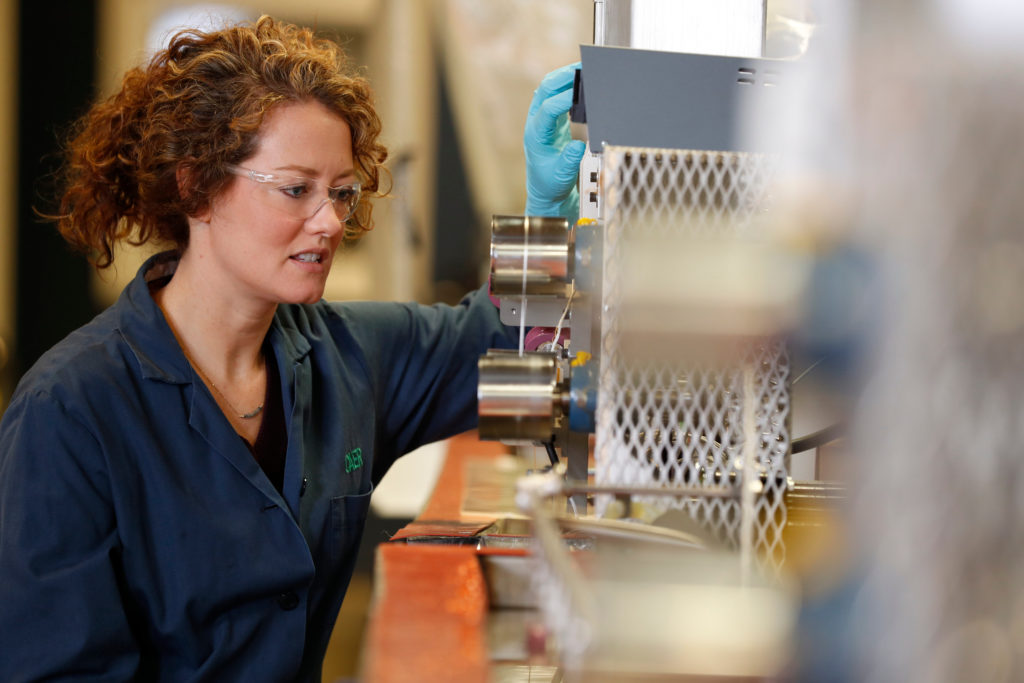
University of Kentucky Grant Seeks to Turn Coal Into Carbon Fiber
UK’s Center for Applied Energy Research (CAER) has received a $1.8 million U.S. Department of Energy (DOE) grant to transform coal tar pitch into high-value carbon fiber for use in aircraft, automobiles, sporting goods and other high-performance materials.
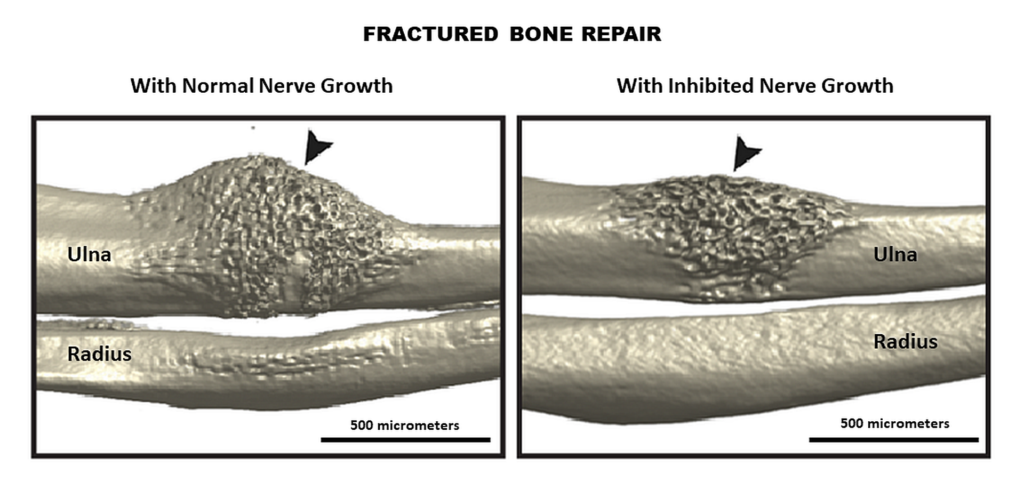
Mouse Study Shows Nerve Signaling Pathway Critical to Healing Fractures
Sticks and stones may break one’s bones, but healing them requires the production of a protein signal that stimulates the generation, growth and spread of vital nerve cells, or neurons, throughout the injured area. That’s the finding of a recent Johns Hopkins Medicine study that used mice to demonstrate what likely takes place during human fracture repair as well.

Finding Meaning in ‘Rick and Morty,’ One Burp at a Time
One of the first things viewers of “Rick and Morty” might notice about Rick is his penchant for punctuating his speech with burps. Brooke Kidner has analyzed the frequency and acoustics of belching while speaking, and by zeroing in on the specific pitches and sound qualities of a midspeech burp, aims to find what latent linguistic meaning might be found in the little-studied gastrointestinal grumbles. Kidner will present her findings at the 178th ASA Meeting.
New study hints at complex decision-making in a single-cell organism
New study reveals hierarchy of behaviors in a single-cell organism
The organism, S. roeselii, appears to “change its mind” and modify its response to repeated exposure to irritating particles
Findings suggest certain single-cell organisms may have the capacity for relatively complex “decision-making”
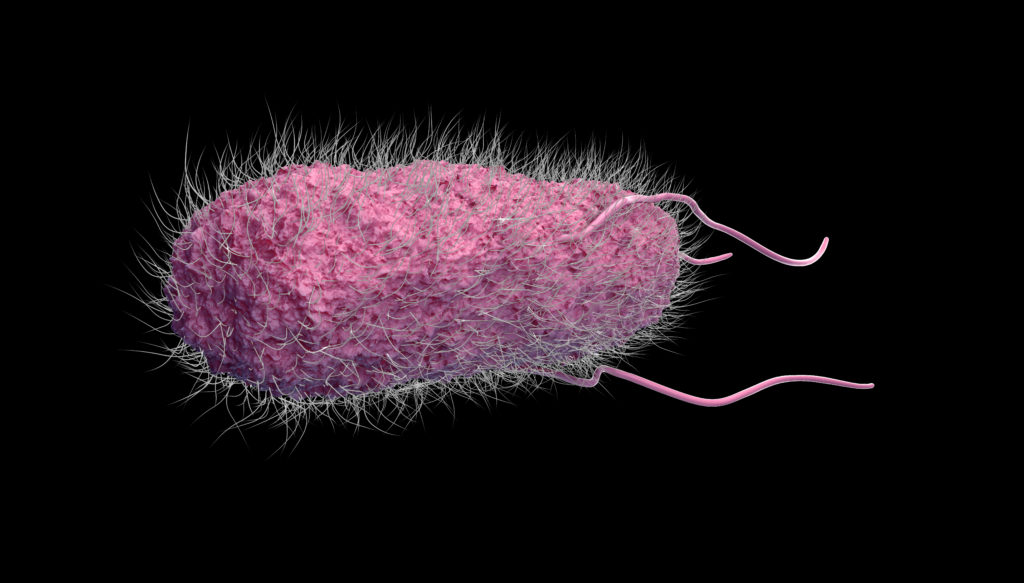
MORE THAN A WATCHDOG
Study in mice shows the nervous system not only detects the presence of Salmonella in the gut but actively stops the organism from infecting the body
Nerves in the gut prevent Salmonella infection by shutting the cellular gates that allow bacteria to invade the intestine and spread beyond it
As a second line of defense, gut neurons help avert Salmonella invasion by maintaining the levels of key protective microbes in the gut
Findings reveal prominent role for nervous system in infection protection and regulation of immunity
Study finds little increased risk of injury in high-intensity functional training program
High-intensity group workout classes are increasingly popular at fitness centers. While research has shown that these workouts can have cardiovascular and other benefits, few studies have been conducted on whether they lead to more injuries.
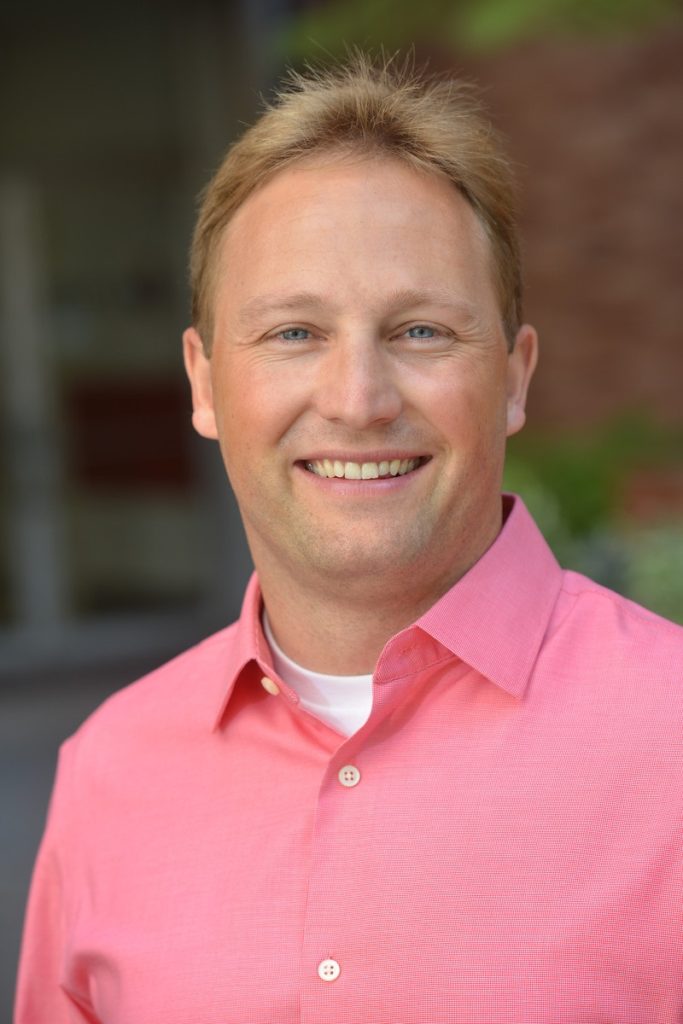
Taming chronic inflammation may reduce illness, save lives
Scientists from 22 institutions, including UCLA, are recommending early diagnosis, prevention and treatment of severe chronic inflammation to reduce the risk of chronic disease and death worldwide.
Scientists see defects in potential new semiconductor
A research team has reported seeing, for the first time, atomic scale defects that dictate the properties of a new and powerful semiconductor. The study, published earlier this month in the journal Physical Review X, shows a fundamental aspect of how the semiconductor, beta gallium oxide, controls electricity.

International Society of Gastrointestinal Oncology Appoints Weijing Sun, MD, President-Elect
The International Society of Gastrointestinal Oncology (ISGIO), a not-for-profit global educational organization committed to GI oncology, announces that Weijing Sun, MD, FACP, has been elected the society’s next leader.
GAIUS Networks, A Start-Up Co-Founded by NYU, NYU Abu Dhabi Researchers Chosen for Facebook Accelerator Program
GAIUS Networks, co-founded by researchers at New York University and NYU Abu Dhabi, has been selected for Facebook Accelerator London’s program—a 12-week session that pairs start-ups with the team at Facebook’s London lab.
Coriell Institute for Medical Research Scientist Receives Grant to Find Drivers of Breast Cancer
Shoghag Panjarian, PhD, a research scientist at the Coriell Institute for Medical Research, has been awarded a grant from the W. W. Smith Charitable Trust to support her search for epigenetic factors that contribute to the development and growth of breast cancer.
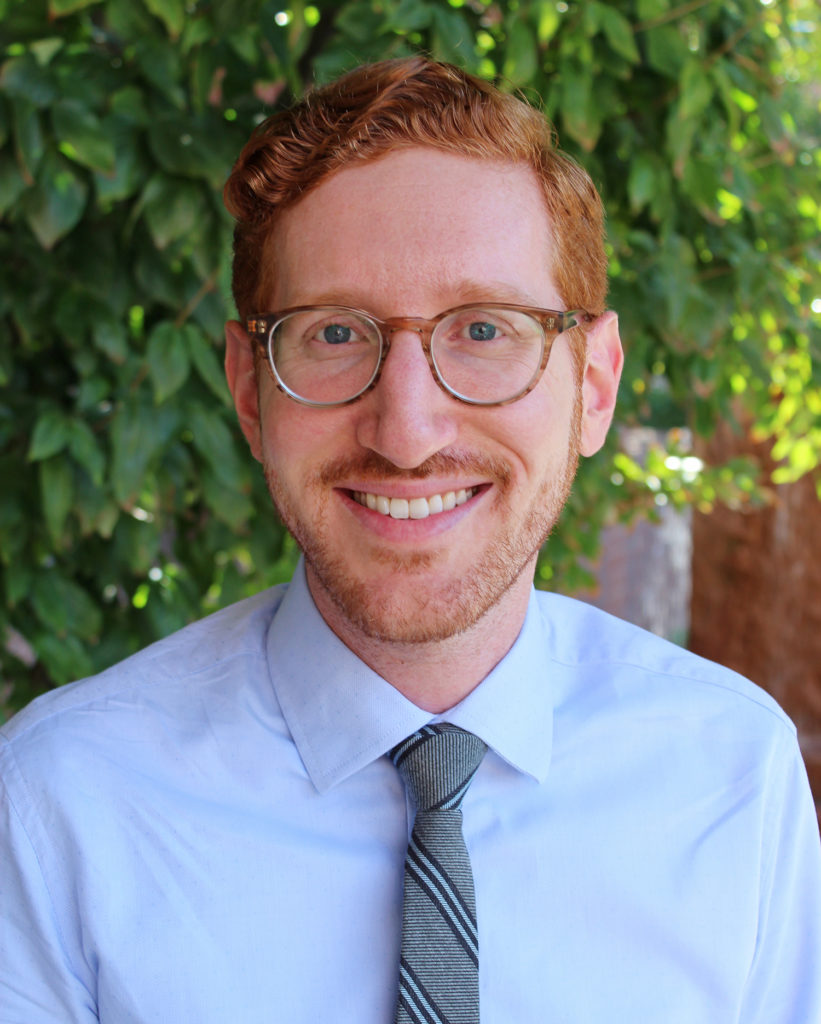
Likelihood of Prenatal Screening for Blood Disorders Varies Between Type of Healthcare Provider
A Rutgers Cancer Institute of New Jersey investigator and other collaborators examined prenatal screening practices for blood disorders between different types of care providers and found different variations in prenatal guidance.
GAIUS Networks, A Start-Up Co-Founded by NYU, NYU Abu Dhabi Researchers Chosen for Facebook Accelerator Program
GAIUS Networks, co-founded by researchers at New York University and NYU Abu Dhabi, has been selected for Facebook Accelerator London’s program—a 12-week session that pairs start-ups with the team at Facebook’s London lab.
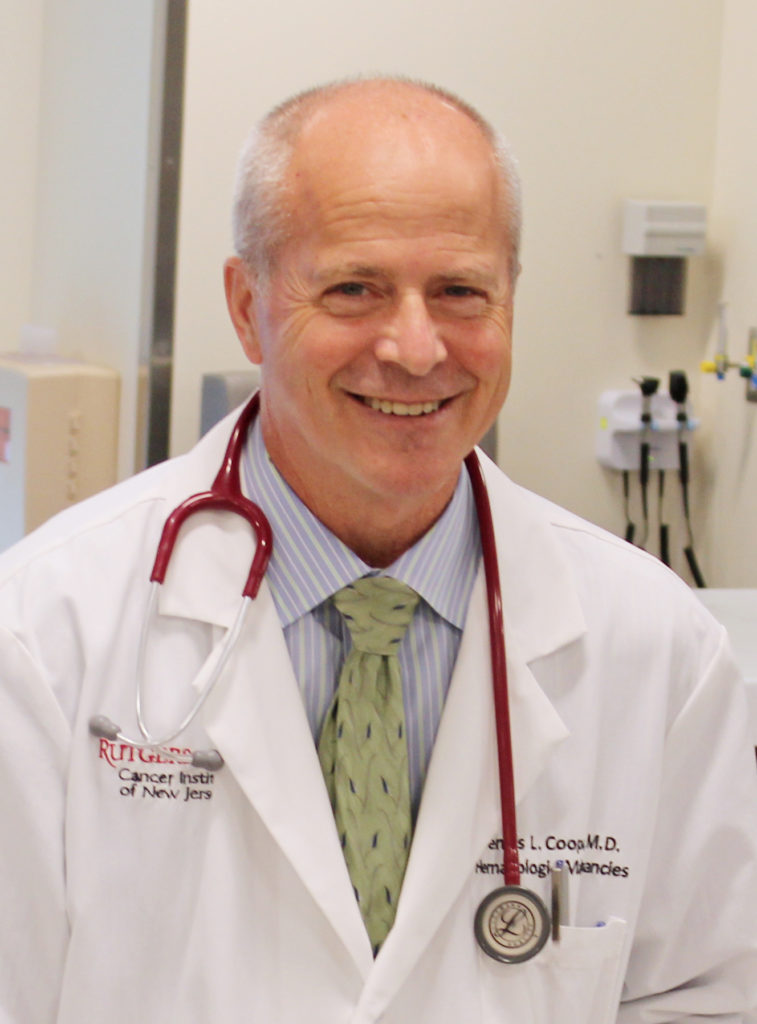
Addition of Post-Transplant Chemotherapy to Standard Immune Treatment Shows Increase of Allogeneic Transplant Patients in Remission
Rutgers Cancer Institute of New Jersey investigators compared outcomes for allogeneic stem cell transplant patients when post-transplant cyclophosphamide (PCy) was added as part of standard treatment than if standard treatment was given alone. Results showed an increase in the number of patients who were free of disease and off immunosuppression at one-year in the PCy cohort.
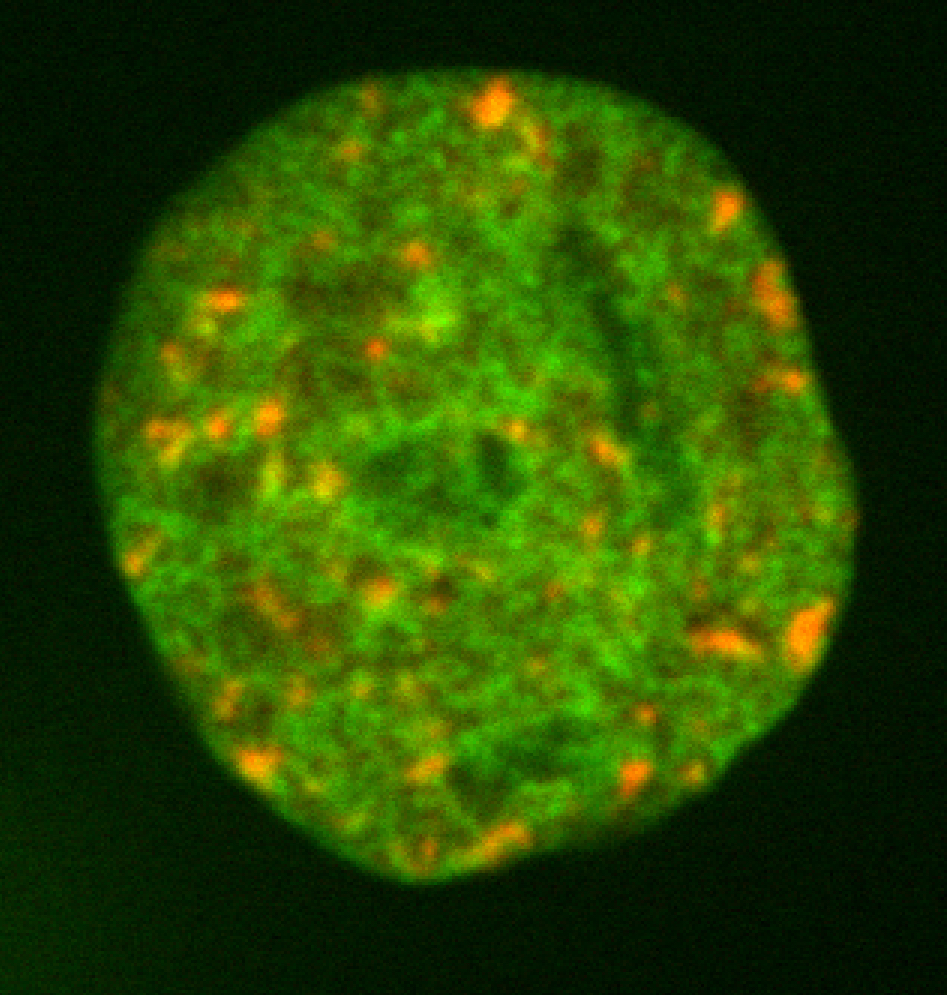
What Does DNA’s Repair Shop Look Like? New Research Identifies the Tools
A team of scientists has identified how damaged DNA molecules are repaired inside the human genome, a discovery that offers new insights into how the body works to ensure its health and how it responds to diseases that stem from impaired DNA.
New record set for cracking encryption keys
An international team of computer scientists had set a new record for two of the most important computational problems that are the basis for nearly all of the public-key cryptography that is currently used in the real world.
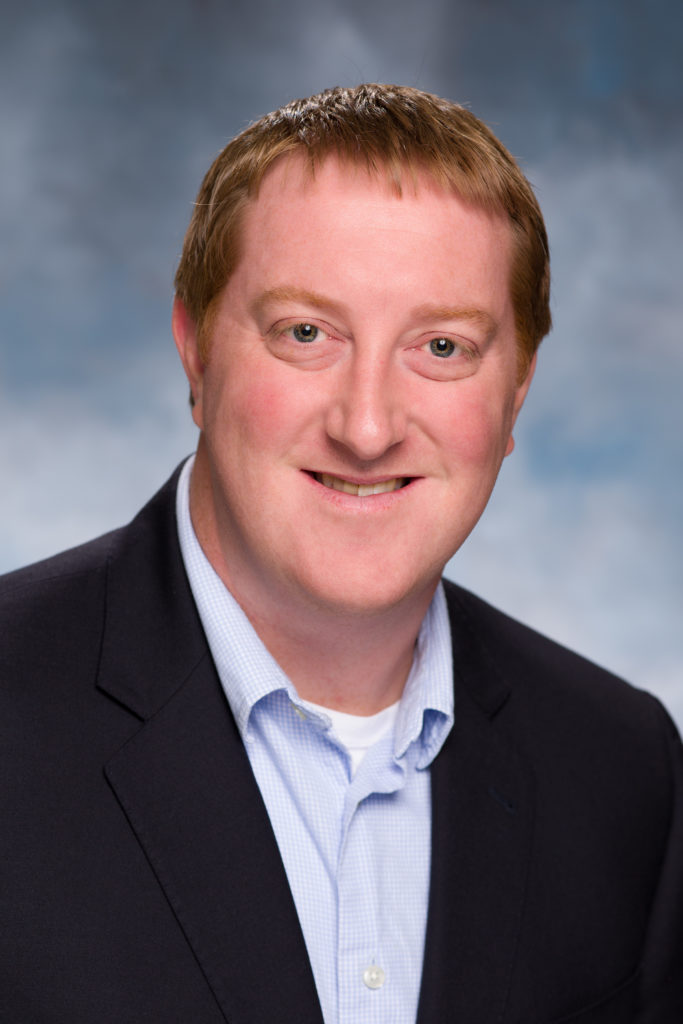
Rutgers Cancer Institute Researchers Identify Novel Gene Associated with Prognosis in Aggressive form of Ovarian Cancer
Investigators at Rutgers Cancer Institute of New Jersey have determined that an overabundance of a novel gene known as ADNP in an aggressive form of ovarian cancer may serve as a prognostic tool.
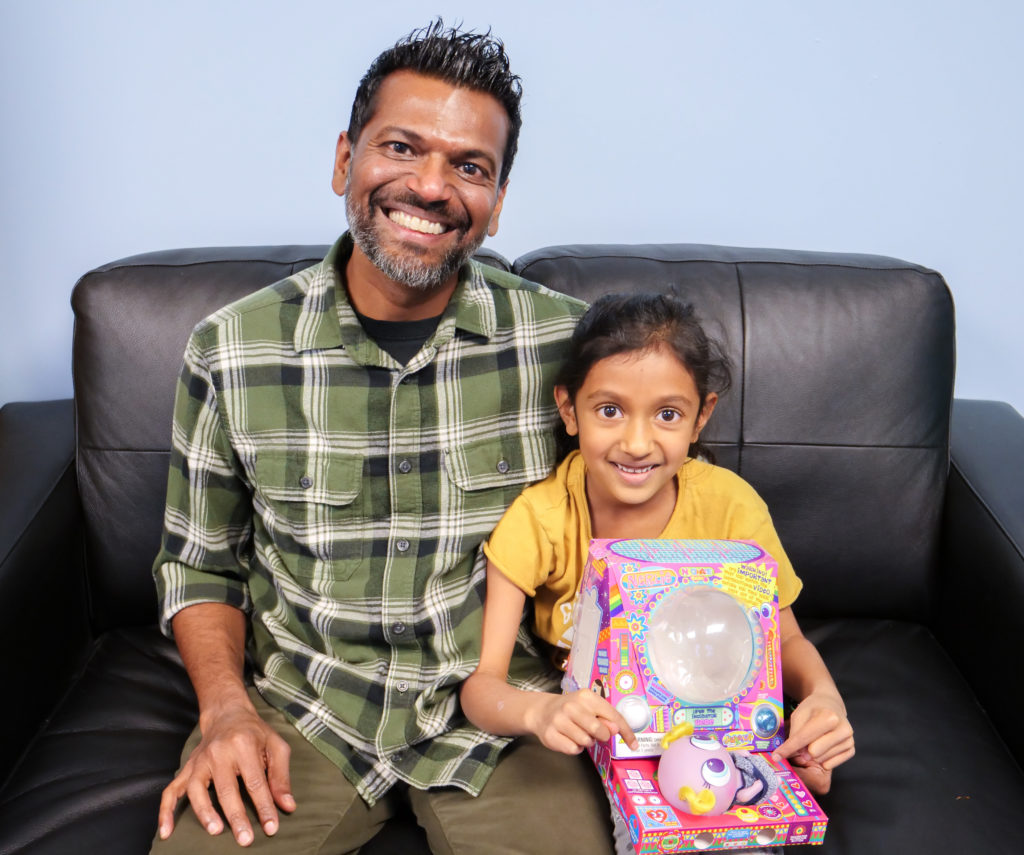
No surprise here! Unboxing videos fueling tantrums, breeding consumerism
Nearly 80% of kids age 4-10 regularly watch “unboxing videos” in which people, often children, open new presents online. The more they watch, the more likely they are to beg their parents for toys and throw a fit when the answer is no. Researchers are calling for more regulation and urging parents to talk to their kids about them.
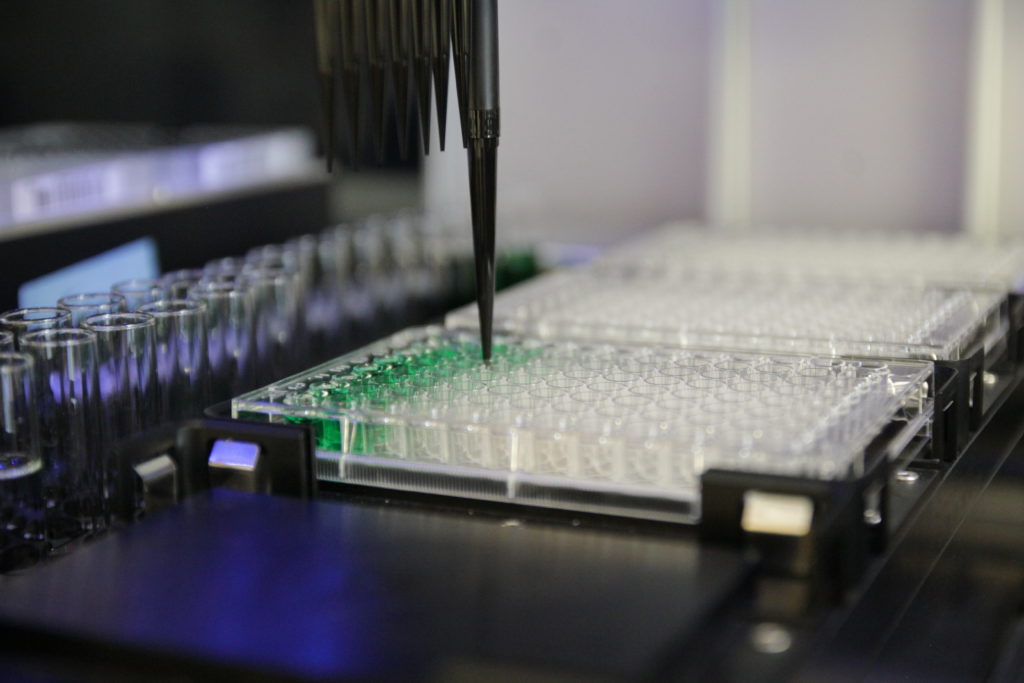
A Robot and Software Make it Easier to Create Advanced Materials
A Rutgers-led team of engineers has developed an automated way to produce polymers, making it much easier to create advanced materials aimed at improving human health. The innovation is a critical step in pushing the limits for researchers who want to explore large libraries of polymers, including plastics and fibers, for chemical and biological applications such as drugs and regenerative medicine through tissue engineering.
First field measurements of laughing gas isotopes
Thanks to a newly developed laser spectrometer, Empa researchers can for the first time show which processes in grassland lead to nitrous oxide emissions. The aim is to reduce emissions of this potent greenhouse gas by gaining a better understanding of the processes taking place in the soil.
Microwave treatment is an inexpensive way to clean heavy metals from treated sewage
TALLAHASSEE, Fla. — A team of Florida State University researchers studying new methods to remove toxic heavy metals from biosolids — the solid waste left over after sewage treatment — found the key is a brief spin through a microwave.…
Researchers: Put a brake on bioenergy by 2050 to avoid negative climate impacts
Los Altos, California (5 DECEMBER 2019)–The burgeoning bioenergy sector must peak and decline in the next 30 years to alleviate extreme pressure on land, warns researchers in a new analysis published today in Global Change Biology . They assert that…
Graphene takes off in composites for planes and cars
The Graphene Flagship identified the strategic advantages of integrating graphene into fibre composites, used to build planes and cars.
Detailed insight into stressed cells
Researchers at Goethe University develop new protoeomics procedure
Kidney patients report positive experiences with novel approach to dialysis access
Landmark study reports greater success with minimally invasive vascular access procedure
Fusion by strong lasers
HZDR scientists want to use quantum mechanics to trigger the fusion of atomic nuclei
Changing wildfires in the California’s Sierra Nevada may threaten northern goshawks
New study in Biological Conservation shows majority of the species’ foraging and roosting habitat is at high risk of severe wildfire
Smart, self-powered patch to put an end to €2.3 trillion bill caused by rust worldwide
The cost of corrosion runs to 3-4% of the gross world product annually, and therefore there is increasing focus on monitoring infrastructure; Danish researchers are developing a smart patch that can cut huge amounts off the costs of rust
Squid pigments have antimicrobial properties
Ommochromes, the pigments that colour the skin of squids and other invertebrates, could be used in the food and health sectors for their antioxidant and antimicrobial properties. This is confirmed by the analyses carried out by researchers from the University…
Study finds wide county-level variation in rates of surgery for early-stage lung cancer
Socioeconomic and healthcare delivery factors appear to contribute to the gap
A momentous view on the birth of photoelectrons
The first sub-femtosecond study of the linear photon momentum transfer during an ionisation process provides unprecedented insight into the birth of photoelectrons
Neurorestore: A Swiss initiative aimed at restoring lost neurological function
The Defitech Foundation has teamed up with EPFL, CHUV and UNIL to widen access to the groundbreaking neurotechnology developed under the 2018 STIMO study, which allowed paraplegic patients to walk again
What is a scream? The acoustics of a primal human call
Researchers hone in on what makes screams distinctive
Immune system can be coaxed into selecting key antibodies to fight HIV
Animal study shows ability to overcome a long-standing hurdle in HIV vaccine development
Modern technology and old-fashioned legwork solve science mystery
Video shows single-cell organism making complex decisions
Brain differences detected in children with depressed parents
The largest brain imaging study of children ever conducted in the United States has revealed structural differences in the brains of those whose parents have depression. In Brief Depression is a common and debilitating mental health condition that typically arises…
Obesity surgery improves the heart
Bariatric surgery provides much more than weight loss
More than a watchdog
Study in mice shows the nervous system doesn’t merely detect the presence of Salmonella, it actively defends the body against it
Gene expression regulation in Chinese cabbage illuminated
Doctoral student Ayasha Akter (Kobe University’s Graduate School of Agricultural Science) and technical staff member Satoshi Takahashi (from the RIKEN Center for Sustainable Resource Science) have revealed the important role played by the histone modification H3K27me3 in regulating gene expression…
Conferring leaf rust resistance in cereal crops
Genes have been identified that confer resistance to multiple leaf rust species in barley. The findings by an international team, led by KAUST researchers, could transform the breeding of durable disease-resistant cereal crops and help support efforts to improve global…
New report: Teacher effectiveness has a dramatic effect on student outcomes
Teacher effectiveness has a dramatic effect on student outcomes — how can it be increased?
Press registration opens for ACS’s spring 2020 national meeting in Philadelphia
WASHINGTON, Dec. 5, 2019 — Journalists may now apply for press credentials for the American Chemical Society’s (ACS’) Spring 2020 National Meeting & Exposition, one of the largest scientific conferences of the year, at https:/ / bit. ly/ 33Hd9TD .…
Cell phone injuries
What The Study Did: Cell phones are mainstays of daily life. This observational study analyzed 20 years of data on people who went to emergency departments with head and neck injuries from cell phone use to estimate the number of…
First ‘lab in a field’ experiment reveals a sunnier side of climate change
Pioneering experiments using heated field plots to test the responses of crops to temperature have revealed an unexpected plus side of climate change for farmers. The field trial experiment – the first of its kind – was set up to…
Older adults who ‘train’ for a major operation spend less time in the hospital
A preoperative rehabilitation program also reduces Medicare costs for care, according to new Journal of the American College of Surgeons study findings
Mouse study shows nerve signaling pathway critical to healing fractures
Sticks and stones may break one’s bones, but healing them requires the production of a protein signal that stimulates the generation, growth and spread of vital nerve cells, or neurons, throughout the injured area. That’s the finding of a recent…